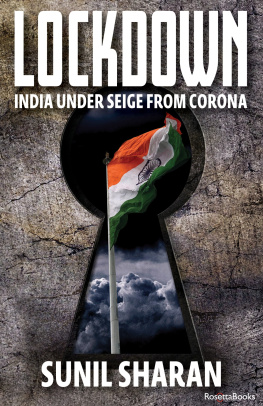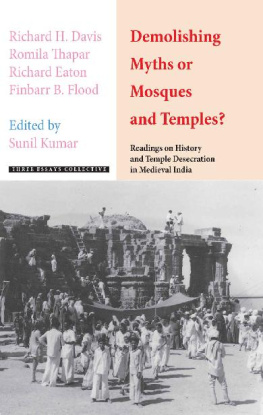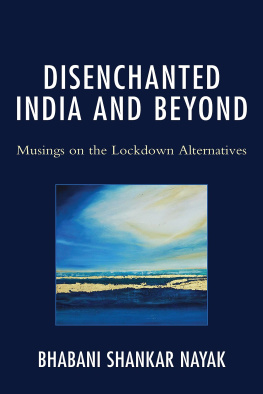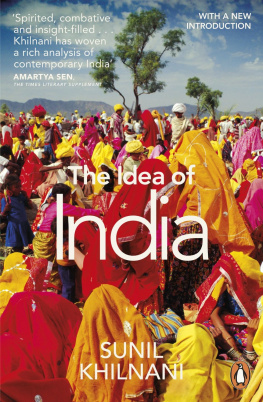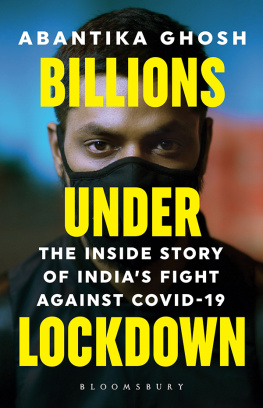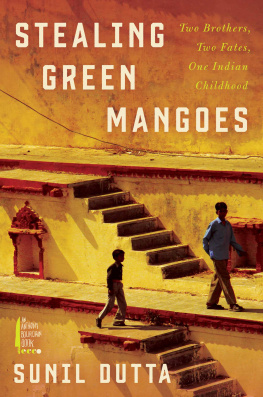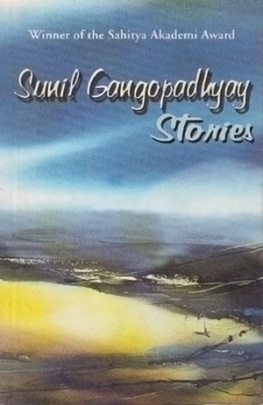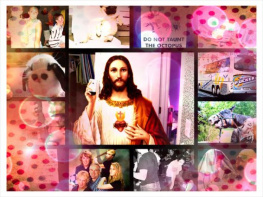Lockdown: India Under Siege From Corona
Copyright 2020 by Sunil Sharan
All rights reserved. No part of this book may be used or reproduced in any form or by any electronic or mechanical means, including information storage and retrieval systems, without permission in writing from the publisher. For information, please contact RosettaBooks at marketing@rosettabooks.com, or by mail at 125 Park Ave., 25th Floor, New York, NY 10017
First edition published 2020 by RosettaBooks
Cover design by Lon Kirschner
ISBN-13 (print): 978-0-7953-5299-7
ISBN-13 (ebook): 978-0-7953-5300-0
Library of Congress Control Number: 2020940709
www.RosettaBooks.com
CONTENTS
CHAPTER 1: Modis Lockdown
Step outside in the next twenty-one days, and you set the country back twenty-one years.
Prime Minister Modi on March 24, 2020
March 24, 2020, will go down as a seminal day in Indias history. Indian prime minister Narendra Modi addressed the nation on TV and declared a national lockdown for three weeks. Modi had had fair warning. His favorite ally, the United States, had already put into place social distancing practices in most states, on March 20. So Modi had evidence regarding this virus, which was called by everyone from health-care professionals to politicians everything from tricky to vicious.
In one respect, at least, India was lucky. India had an approximate Patient Zero. On January 23, three medical students had traveled home to India from Wuhan, China. They had been studying at the Wuhan Institute of Medical Sciences and had been evacuated from China after the Chinese government announced it would lock down the city and other towns in Hubei Province because of the coronavirus. Back home in India, the students were quarantined and instructed to use disposable clothes, plates, and utensils.
But this was not the end of the story. On March 3, fifteen tourists from Italy were diagnosed with the virus and quarantined to a paramilitary camp of the Indo-Tibetan Police Force, and a forty-five-year-old man was diagnosed in Delhi, within the national capital region of India. Since the mans diagnosis, forty more people in Delhi had been diagnosed.
Things were nowhere near as grave a situation as that in the United States, but Modi knew he had work to do to keep it that way. On March 22, Modi declared a peoples curfew. Many people took that to mean a holiday and took off on jaunts. Not so. Two days later, on March 24, Modi declared a lockdown for all of India.
Modi rarely smiles to Indians. The only time he lets his guard down is when he is with world leaders like Donald Trump, Xi Jinping, and Barack Obama. Trump visited India recently. He wrote in a commemorative book at Mahatma Gandhis ashram that Modi was his dear friend. Then, in early April, he threatened dear friend Modi with retaliation if he wouldnt supply him with medicine for the coronavirus.
Modi cherishes his relationship with the US like no other country except perhaps Israel. He instantly agreed to supply the medication to the US. Then Trump hailed him, and Modi was happy. Modi has an uncanny ability to get along with world leaders. He was pals with the professorial Barack Obama. He is pals now with the mercurial Donald Trump. Angela Merkel of Germany has criticized Modis policy in the Indian state of Kashmir. Modi has taken her criticism on the chin and has still welcomed her in India. Modi craves the acceptance of the world, partially because he had a rough ride getting to the top of India politics via the Hindu nationalist party the BJP, the political arm of the Hindu stormtrooper organization the RSS.
Now, Modi is known in India as the king of Hindu hearts. That is due in no small measure to the role he played in the horrific anti-Muslim riots in his state in 2002. In hindsight, his role seems to have been one more of omission than of commission, but Modi has received a hiding for what he did or did not do from Indias left-wing media as well as from Indian National Congress president Sonia Gandhi.
Modis international reputation was tarnished by the riots between Hindus and Muslims in 2002. The US and Europe banned him. He could only visit countries like Japan and China. But once he became the PM of India, Western countries were obliged to welcome him. And Modi knew that holding grudges would only hurt him and India. He embarked upon a campaign of hug diplomacy, greeting foreign leaders with a bear hug, and Modi started becoming popular in the West.
In Gujarat, Modi was known for his decisiveness. He carried the same decisiveness with him to the center. He instituted a couple of massive economic reforms, which backfired badly. His reputation as an economic genius lay in tatters. His base could not believe it. Modi would have lost the 2019 general elections had he not attacked Pakistan in retaliation for a terrorist attack it committed on Indian soil.
He romped home with a nearly two-thirds majority in Parliament. To amend the Constitution of India, you need a two-thirds majority in Parliament. Modi had it and duly amended the Constitution. He was as close to a dictator that India was going to geta democratically elected dictator, but a dictator nevertheless.
Modi has visited China a number of times. He feels that the best way to deal with China is to kowtow to it. President Xi Jinping invited Modi to his home province of Wuhan a few years back. Modi is enamored of both China and the United States.
In Wuhan, where the coronavirus broke out, Xi instituted draconian measures to contain its spread. Modi watched and learned. The virus quickly spread to Europe and then to America. Modi followed Xis example and imposed a complete lockdown in India. Indian epidemiologists like Dr. Ramanan Laxminarayan were calling only for a two-week lockdown, but Modi went a step further and instituted a three-week lockdown. It has now been extended until early May.
India had done very little testing, mostly on people returning from abroad. Modi knew that he could not get enough testing done in time to prevent a major outbreak. Lack of testing has been the bane in places like America, the UK, and Italy. Indians were shocked by Modis decision to nearly quarantine the entire country when there had merely been a handful of deaths in the country and a few hundred cases detected.
Indians are notorious for their chalta hai (anything goes) attitude. The other thing Indians are famous for is jugaad (indigenous ingenuity). Modi doesnt believe in these fatalistic things. He didnt rise from being a boy selling tea barefoot on dirty railway platforms to becoming the ruler of the second-largest country in the world, and a man now feted in almost every world capital, by believing in fatalism.
Chalta hai and jugaad are attitudes that Modi has struggled with as PM. Gujaratis are relentless entrepreneurs. There are a million of them in America. About half the motels in the US and many hotels there are owned by them. Other Indians in general are much more laid-back. Thats why despite a population of 1.3 billion fiercely fanatical about the game of cricket, a nation of just five million like New Zealand can thrash Indias revered national cricket team.
Indians started getting stir-crazy a few days into the lockdown. The Indian doesnt do many outdoor activities like camping or canoeing or suchlike things. Unlike the American and the Brit, the Indian disdains running. Yet there are two outdoor things that an Indian likes to do.
One is playing cricket. Cricket can be played on a large field, where there is ample scope for social distancing. But Modi has banned field cricket as well. Cricket is more often played on the street, by rich and poor alike, often all together. Street cricket is much less demanding than field cricket, and players are much closer to one another. Taking street cricket away from the Indian is like taking candy away from a child. He will go bonkers!


